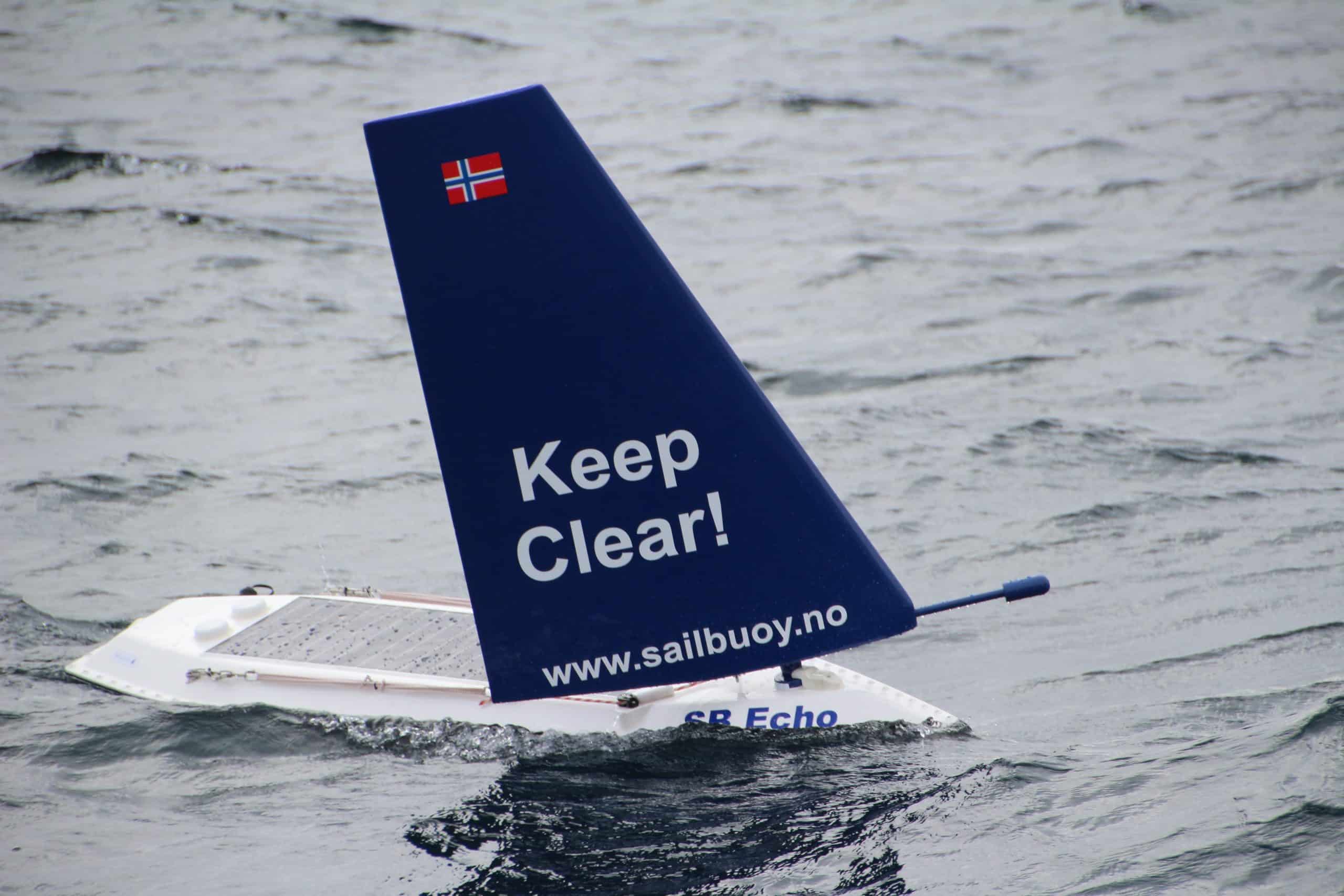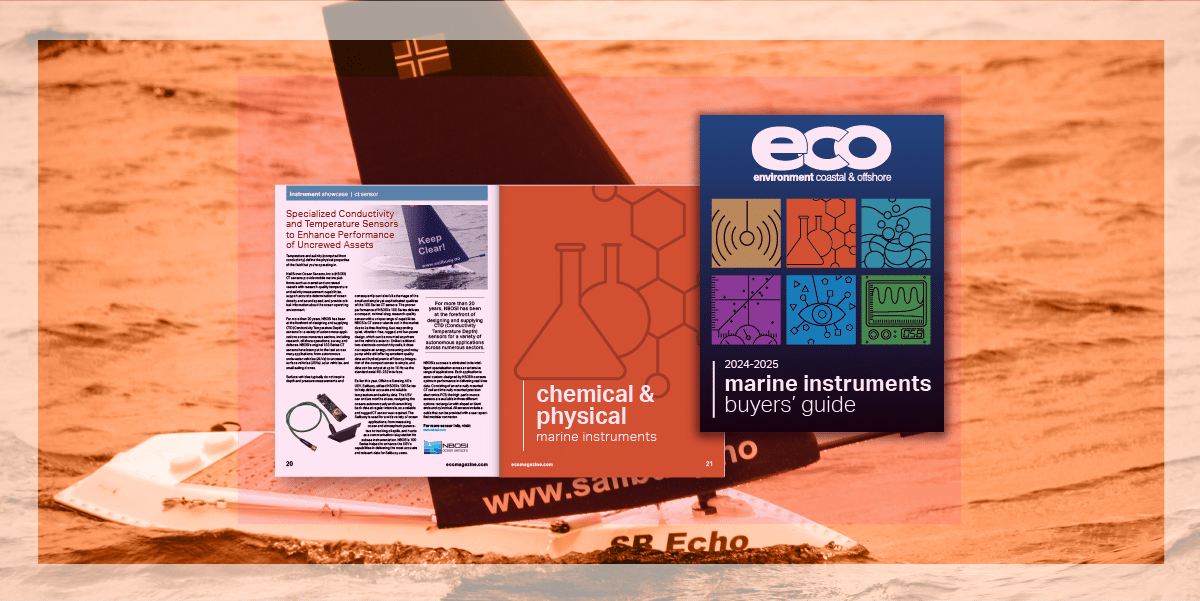Neil Brown Ocean Sensors, Inc.’s (NBOSI) CT sensors provide mobile marine platforms such as crewed and uncrewed vessels with research- quality temperature and salinity measurement capabilities, support accurate determination of ocean density and sound speed, and provide critical information about the ocean operating environment.

For more than 20 years, NBOSI has been at the forefront of designing and supplying CTD (Conductivity Temperature Depth) sensors for a variety of autonomous applications across numerous sectors, including research, offshore operations, survey, and defense. NBOSI’s original 100 Series CT sensors have been put to the test across many applications, from autonomous underwater vehicles (AUVs) to uncrewed surface vehicles (USVs), solar vehicles, and small sailing drones.
Surface vehicles typically do not require depth and pressure measurements and consequently can take full advantage of the small and simple yet sophisticated qualities of the 100 Series CT sensors. The proven performance of NBOSI’s 100 Series delivers a compact, minimal drag, research-quality sensor with a unique range of capabilities.
NBOSI’s CT sensor stands out in the market due to its free-flushing, fast- responding, quiet, vibration-free, rugged, and low-power design, which can be mounted anywhere on the vehicle’s exterior. Unlike traditional two-electrode conductivity cells, it does not require an energy- consuming and noisy pump while still offering excellent quality data and hydrodynamic efficiency. Integration of the compact sensor is simple, and data can be output at up to 10 Hz via the standard serial RS-232 interface.

Earlier this year, Offshore Sensing AS’s USV, Sailbuoy, utilized NBOSI’s 100 Series to help deliver accurate and reliable temperature and salinity data. The USV can endure months at sea, navigating the oceans autonomously and transmitting back data at regular intervals, so a reliable and rugged CT sensor was required. The Sailbuoy is used for a wide variety of ocean applications, from measuring ocean and atmospheric parameters to tracking oil spills, and it acts as a communication relay station for subsea instrumentation. NBOSI’s 100 Series helped to enhance the USV’s capabilities in delivering the most accurate and relevant data for Sailbuoy users.
NBOSI’s success is attributed to its intelligent specialization across an extensive range of applications. Each application is semi-custom- designed by NBOSI to ensure optimum performance in delivering real- time data. Consisting of an externally mounted CT cell and internally mounted precision electronics PCB, the high-performance sensors are available in three different options: rectangular with sloped or blunt ends and cylindrical. All sensors include a cable that can be provided with a user-specified modular connector.
For more sensor info, visit: www.nbosi.com
This spotlight was featured in the 2024-2025 Marine Instruments Buyers’ Guide, read more here.

